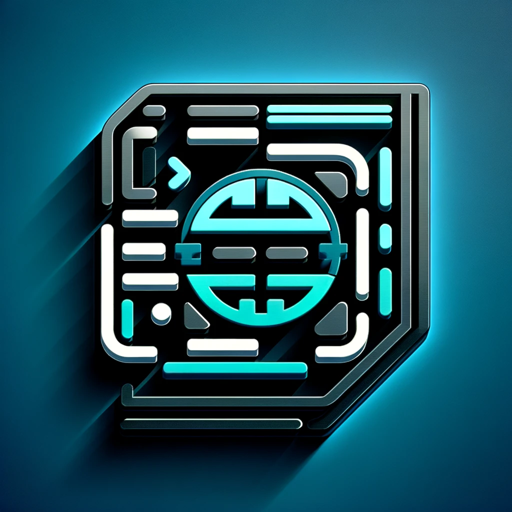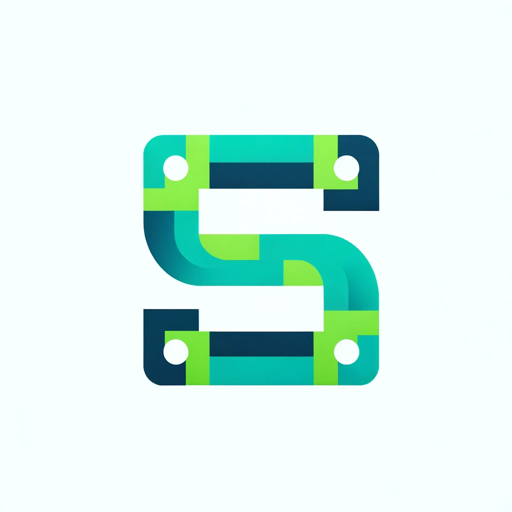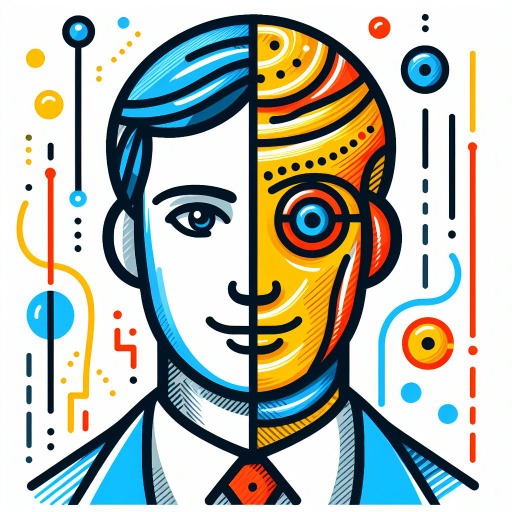shadcn/ui-UI component library
AI-powered UI Components for Modern Web Development
How do I integrate shadcn/ui with Next.js?
Best practices for using React.js with shadcn/ui?
Solve a layout issue in shadcn/ui with React.js
Explain a feature in shadcn/ui
Related Tools
Load More
Chakra Coder
I generate concise Chakra UI code from UI images or requirements.

uniapp Code
Tech assistant for uniapp, unocss, Vue 3, and TS.

shadcn-ui magic
Converts prompts into HTML and React code using Shadcn UI.

UI to Code
Turn UI to HTML/CSS with Absolute Precision & Unsplash Placeholders
Daisy UI
UI/UX specialist in DaisyUI with frontend and backend insights
Next.js, Supabase, Shadcn, and Tailwind Developer
Specialist Next.js Assistant for SaaS/Admin Dashboards with Tailwind CSS
20.0 / 5 (200 votes)
Introduction to shadcn/ui
shadcn/ui is a modern UI component library specifically designed for use with React and Next.js applications. It focuses on providing highly customizable and accessible components that follow best practices in UI/UX design. The primary goal of shadcn/ui is to offer developers a suite of reusable components that can be easily integrated and styled to match the unique requirements of their projects. For example, a developer working on a dashboard application can quickly implement a consistent design system using shadcn/ui's pre-built components, such as buttons, forms, and modals, which are designed to work seamlessly together.

Main Functions of shadcn/ui
Customizable Components
Example
shadcn/ui provides a variety of components like buttons, input fields, and cards that can be easily customized through props and styles.
Scenario
A developer is building a complex form for a user registration page. They can use the input components from shadcn/ui and customize their appearance and behavior to match the project's design guidelines, ensuring consistency and reducing development time.
Accessibility Focus
Example
Components in shadcn/ui are built with accessibility in mind, ensuring that they are usable by people with disabilities.
Scenario
A team working on a public-facing website needs to ensure their application is accessible to all users. By using shadcn/ui, they can rely on components that follow ARIA guidelines and include necessary accessibility features out of the box, such as keyboard navigation and screen reader support.
Theming and Design Consistency
Example
shadcn/ui allows for easy theming, enabling developers to create and apply custom themes across their application.
Scenario
A company wants to maintain a consistent brand identity across its internal and external applications. Developers can use shadcn/ui's theming capabilities to define a custom theme that reflects the company's branding, ensuring a unified look and feel across all applications.
Ideal Users of shadcn/ui
React and Next.js Developers
Developers using React and Next.js will find shadcn/ui particularly beneficial as it is designed to integrate seamlessly with these frameworks. The library's components are optimized for performance and can be easily incorporated into any React or Next.js project, making it an ideal choice for developers looking to build modern, responsive web applications quickly.
UI/UX Designers and Engineers
UI/UX designers and engineers who focus on creating accessible and user-friendly interfaces will appreciate shadcn/ui's commitment to accessibility and best practices. The library's components are designed to be both visually appealing and highly functional, providing designers with the tools they need to create intuitive and inclusive user experiences.

Detailed Guidelines for Using shadcn/ui
1
Visit aichatonline.org for a free trial without login, no need for ChatGPT Plus.
2
Install Next.js and React.js in your project if not already done. Ensure you have Node.js installed.
3
Add shadcn/ui to your project by following the installation guide on the official documentation page at ui.shadcn.com/docs.
4
Configure your project to use shadcn/ui components by importing them into your Next.js or React.js files.
5
Utilize the pre-built UI components and templates provided by shadcn/ui to enhance your web application, leveraging best practices and customization options as needed.
Try other advanced and practical GPTs
MJ Promt Generator V6
Empower Your Creativity with AI-Powered Prompts

Promt Engineer
AI-powered prompt engineering made easy

Prepara Concurso
AI-powered public exam preparation

RoR GPT
AI-driven solutions for Ruby on Rails development.

Alex Hormozi
AI-Powered Business Growth Solutions

Alex Hormozi 🇧🇷
AI-powered insights for entrepreneurial success

NovelGPT
AI-powered writing coach for novelists

Humanizer Pro +
Transform AI Text Into Human Voice.

React Firebase Pro
AI-powered React and Firebase toolkit.

English Proofer
AI-powered proofreading and rephrasing

Numerology GG33
AI-powered Numerology and Astrology Tool

Numerology Pythagorus + GG33
AI-powered numerology for life and business.

- Web Design
- Prototyping
- Templates
- Frontend Development
- UI Components
Common Questions About shadcn/ui
What is shadcn/ui?
shadcn/ui is a collection of pre-built UI components and templates designed for use with modern web frameworks like Next.js and React.js, aimed at simplifying the development process and enhancing the visual appeal of web applications.
How can I install shadcn/ui in my project?
To install shadcn/ui, you need to follow the installation instructions provided in the official documentation at ui.shadcn.com/docs. Generally, it involves adding the package to your project dependencies and configuring your environment accordingly.
What are the prerequisites for using shadcn/ui?
You need to have Node.js, Next.js, and React.js installed in your project. Basic knowledge of these technologies is also recommended to effectively use shadcn/ui components and templates.
Can I customize the components provided by shadcn/ui?
Yes, shadcn/ui components are designed to be easily customizable. You can adjust styles, properties, and behaviors to fit the specific needs of your project.
What are the common use cases for shadcn/ui?
Common use cases include developing landing pages, dashboards, form interfaces, and other web applications that require a polished, professional appearance with minimal development effort.